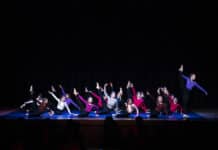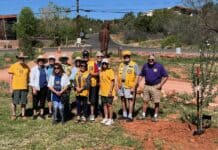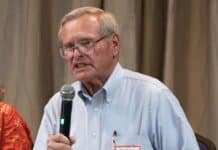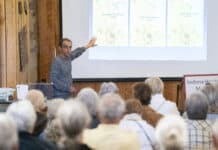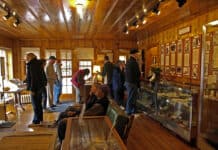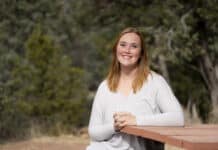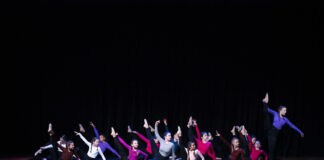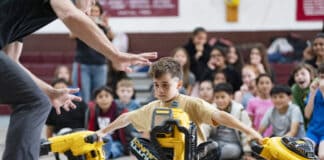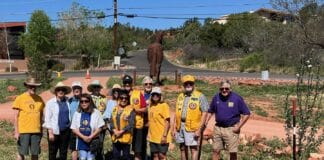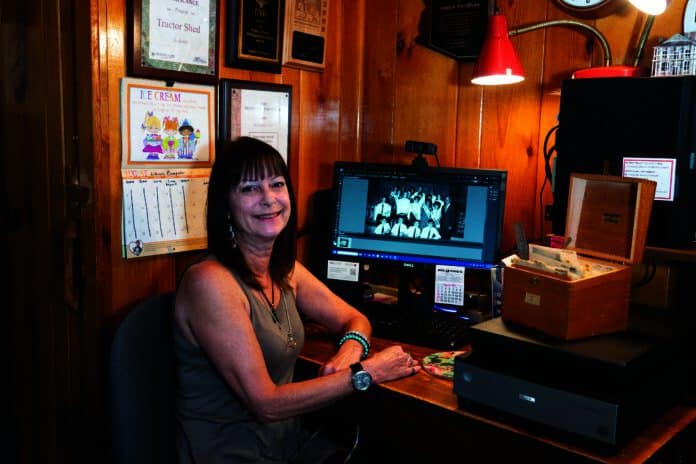
Preserving the history of the Verde Valley is an ongoing process, and part of that process is the Sedona Historical Society’s project to digitize its archives, which contain over 30,000 photographs of central Arizona’s past.
“It does make all this knowledge that had previously been kind of hoarded by intentional or unintentional gatekeepers [available],” Sedona Heritage Museum Executive Director Nate Meyers said. “They may have had great intentions for it, but they’re gatekeepers, [it’s] inaccessible. But once it’s digitized it’s out there in the world … High-quality scanners are not as unaffordable as they once were, so it allows smaller institutions like us to be able to digitize what we’ve got, and then platforms such as the Arizona Memory Project allow us to make it available across the country and around the globe.”
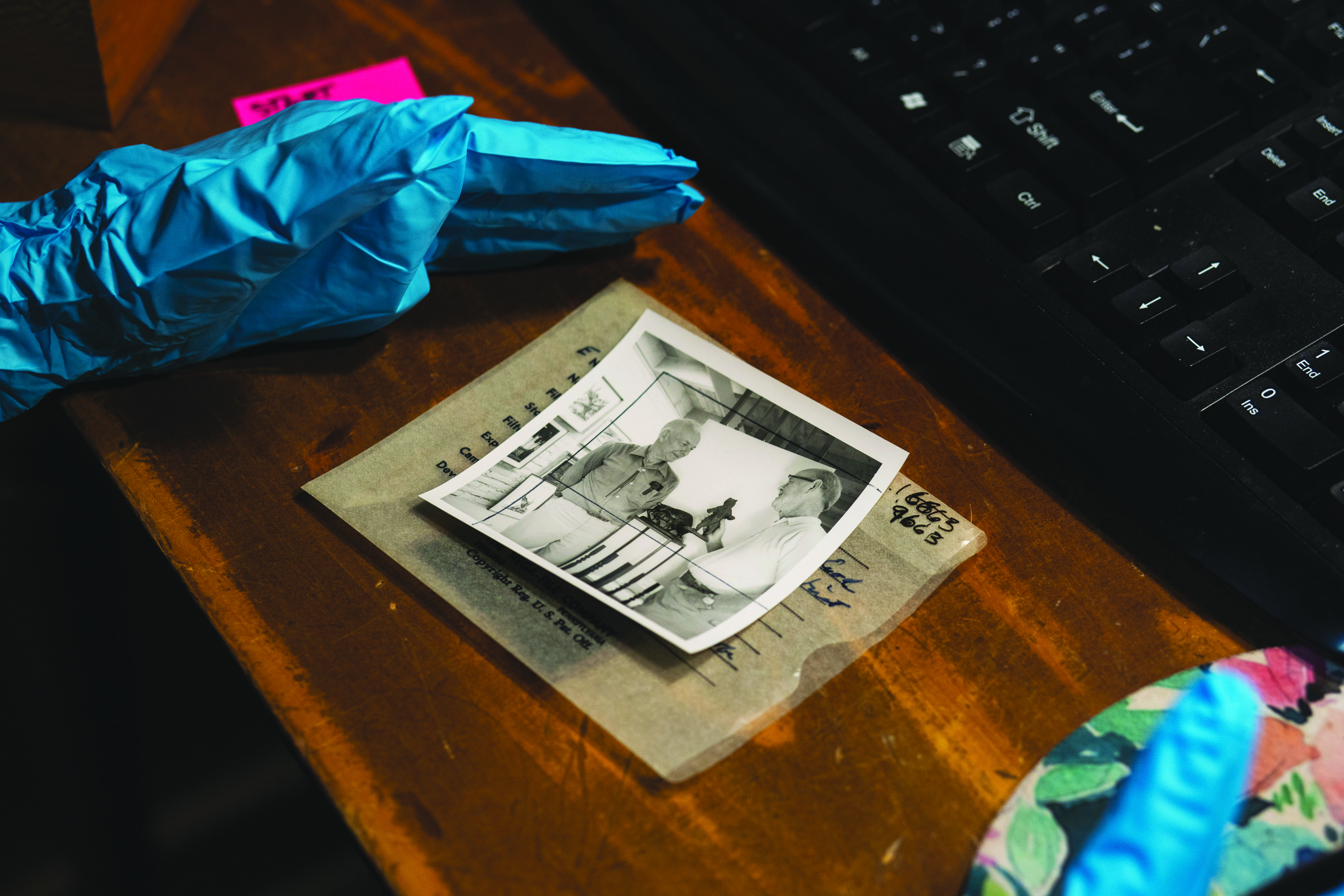
If that sort of information had not been readily available, SHS volunteer Allison Wilson might not have been inspired to donate her time and talents to the historical society. Wilson became interested in the area’s history upon hearing Sedona Arabella Schnebly’s story come alive during the society’s “Voices from the Grave” program.
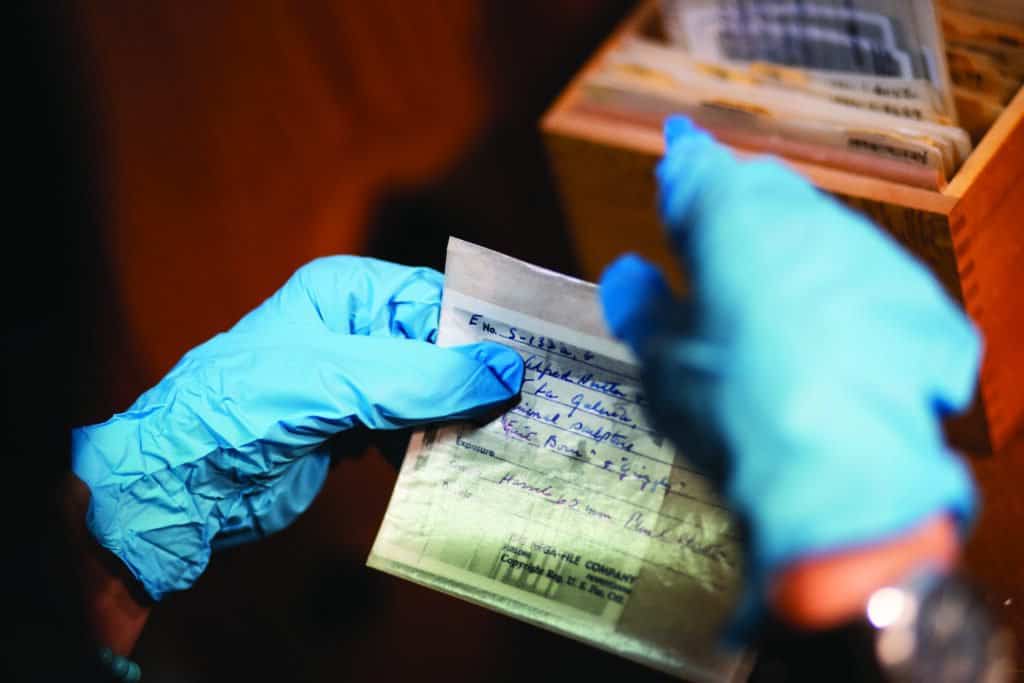
“I think [Sedona Schnebly] is a really interesting character,” Meyers said. “She and [her husband T.C. Schnebly] ran a boarding house. There’s one way to look at that as the first tourist spot for lodging for tourists here in Sedona, and kind of kicks off that long history … She was really big in the Women’s Christian Temperance Union, which is interesting, since a lot of her neighbors in the area were growing grapes and making wine.”
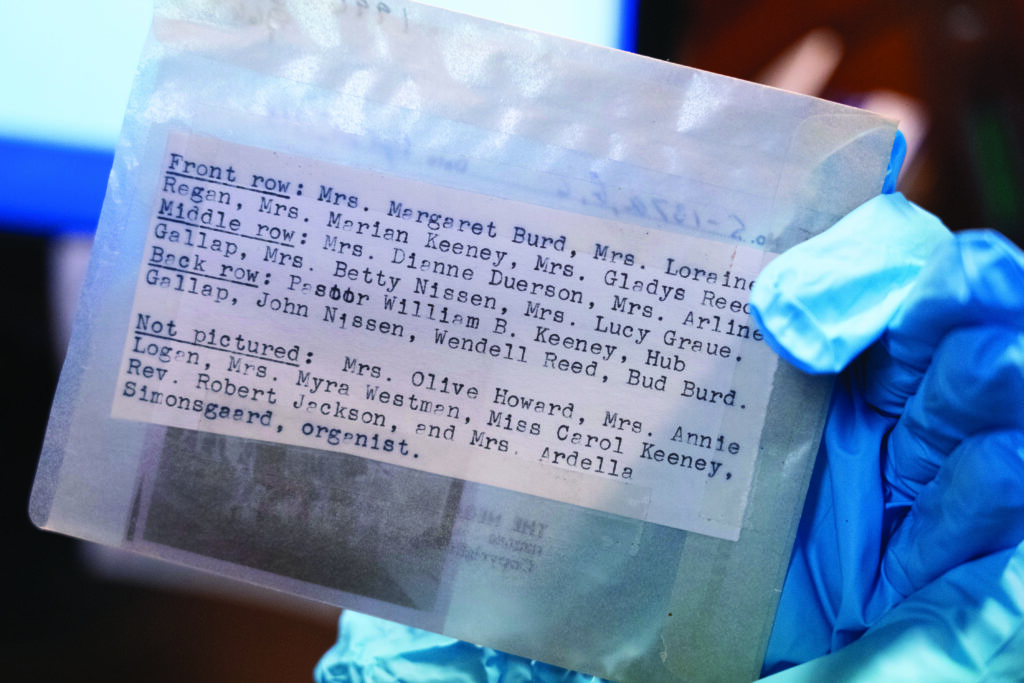
“I’m an accountant,” Wilson said, sitting at her desk in the museum off Jordan Road while scanning historical photos taken by local journalist Elizabeth Rigby. “This is exciting. I’m meticulous, very detail-oriented. So this is the perfect thing for me to volunteer to do. Because I’ll keep everything in order. It’s just a different way to volunteer for society and the museum. To be able to come in here and touch history is very exciting for me … It’s a complete learning experience. I didn’t pay attention in history class, [but] I pay attention to this.”
Wilson echoed a sentiment expressed by the English Romantic poet John Keats in a letter to his brother George and George’s wife Georgiana in 1819: “Nothing ever becomes real till experienced — even a proverb is no proverb until your life has illustrated it.”
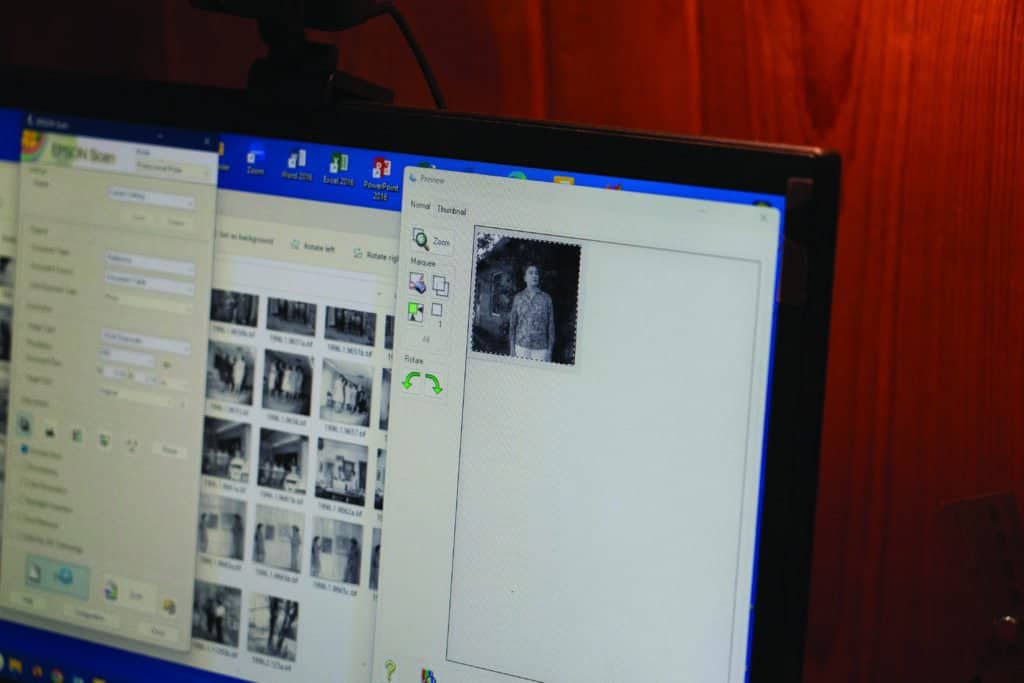
Touching history for Wilson involves going through what it’s like to live as a reporter, meaning time spent huddled over stacks of handwritten notes. Exceptionally, Elizabeth Rigby, a former Sedona Red Rock News writer and local author active from the early 1960s until the 1980s, organized her notes into binders and her photographs into 52 wooden recipe boxes. The collection contains her professional as well as personal archives and hundreds of photos of her dog.
“Elizabeth really chronicled all of the events, people and growing pains of the community and growth of the art community here in Sedona,” former Sedona Heritage Museum president Janeen Trevillyan said in a 2010 interview. “She was a freelance writer and photographer in the Sedona area. Elizabeth took photos from the daily mundane to the big events and what the kids were up to in the schools.”
A challenge for historians when dealing with the “daily mundane” is that people often don’t consider their own routines to be part of history. While SHS is constantly accepting new material that fits within its needs for its collection from residents, the society is especially on the lookout for pieces of Sedona’s history from the mid-20th century to the present.
“That’s a big hole in our collection,” Meyers said. “There’s a lot of reasons. When you work in a history museum, you might have an aversion to collecting things that are from your own lived experience, because you don’t think that should be in a museum. Recognizing that history is happening all the time [is important]. [For example] we collected people’s oral histories during the pandemic of what they experienced and what they were living. Recognizing that this was a major historical moment, not just for Sedona, but for the world.”
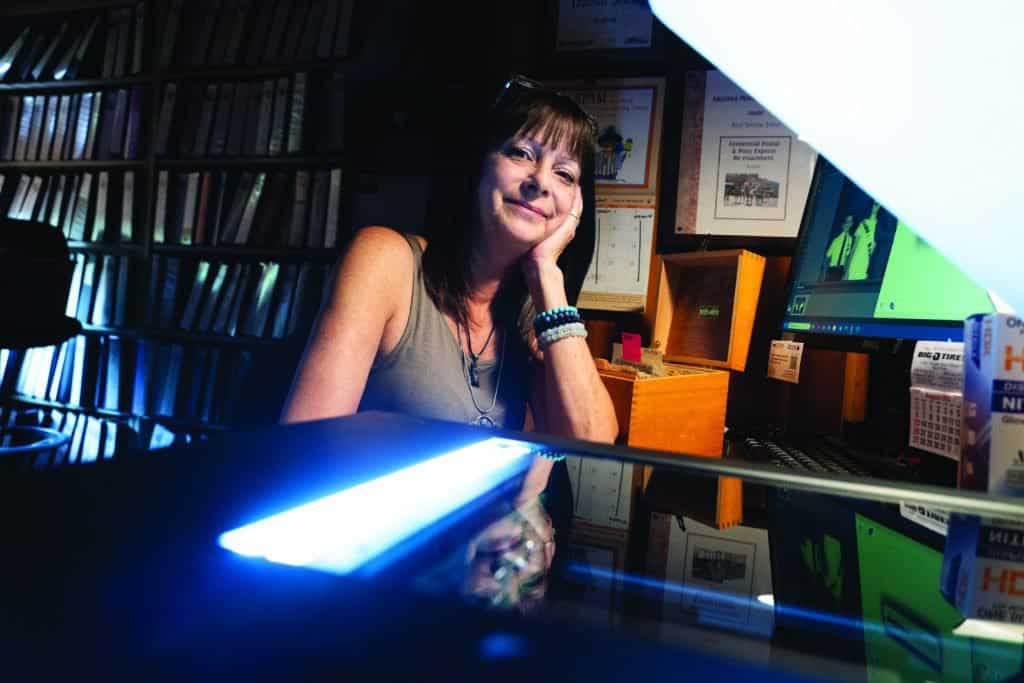
Meyers pointed out that even the most mundane objects can provide insight into the past.
“You never know what some researcher might be looking for,” Meyers said. “Somebody might be researching the history of diets from 70 years ago, and all of a sudden, that grocery list from 1957 becomes important. Because that is the average person buying on their grocery run. That can be a hint as to the diet. It’s kind of an off-the-wall and not very exciting example.”
In addition to scanning Rigby’s archives, Meyers is starting to work with another SHS volunteer to use digital photography to document around 3,000 three-dimensional objects in SHS’s collection. He would also like to make transcripts of interviews with Sedona’s historical figures available online.
“We always have a backlog of donations that we need to process,” SHS museum registrar Nathan Porter said. “I’m just processing donations that have come in maybe a year ago. We get so many it’s hard to process right away. One of the most recent things we did was a Sedona Airport collection of photos and they gave us some scrapbooks … going back to the late [1980s].” SHS has also digitized the first 25 years of Sedona Red Rock News editions, which are available to read online at the Arizona Memory Project. Meyers would like to continue with that project but will need to secure grant funding for it first. However, Meyers is looking at equipment such as a digital microfilm reader to facilitate that work.
“If we could digitize all of Sedona history, that would be fantastic,” Meyers said. “The challenge is history is always being made and new collections are always being dug up and donated. So our collection is always growing, and there’s always going to be a need to digitize this material, especially moving forward. One of the goals we identified in our newly approved three-year strategic plan is to create better access to our records for researchers, for exhibits, for genealogists, you name it.”
SHS recently put out a call for volunteers to assist with digitizing its collections. Residents interested in volunteering at the Sedona Heritage Museum should contact volunteer coordinator Julie Holst at (928) 282-7038.


